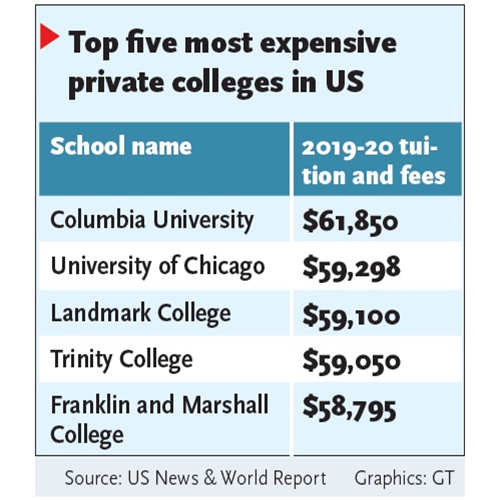Unlocking Financial Freedom: A Comprehensive Guide to Kaplan Student Loan Forgiveness
---#### What is Kaplan Student Loan Forgiveness?Kaplan Student Loan Forgiveness refers to programs designed to alleviate the financial burden of student loa……
---
#### What is Kaplan Student Loan Forgiveness?
Kaplan Student Loan Forgiveness refers to programs designed to alleviate the financial burden of student loans for graduates of Kaplan University. These programs aim to provide relief to borrowers who have faced challenges in repaying their loans, particularly in light of the evolving landscape of student loan policies. Understanding these forgiveness options is crucial for graduates seeking to manage their debt effectively.
#### Eligibility Criteria for Kaplan Student Loan Forgiveness
To qualify for Kaplan Student Loan Forgiveness, borrowers must meet specific eligibility criteria. Generally, this includes having federal student loans and being in good standing with the loan servicer. Additionally, some forgiveness programs may require borrowers to work in public service or specific fields. It’s essential for graduates to review their loan agreements and consult with their loan servicer to determine their eligibility.
#### Types of Forgiveness Programs Available
There are various forgiveness programs available for Kaplan graduates. These include:
1. **Public Service Loan Forgiveness (PSLF):** This program forgives the remaining balance on Direct Loans after borrowers have made 120 qualifying monthly payments while working full-time for a qualifying employer.

2. **Income-Driven Repayment (IDR) Forgiveness:** Borrowers enrolled in an IDR plan may qualify for forgiveness after 20 or 25 years of qualifying payments, depending on the plan.
3. **Teacher Loan Forgiveness:** Graduates who become teachers in low-income schools may be eligible for forgiveness of up to $17,500 on their Direct Loans or Stafford Loans.
4. **State-Specific Programs:** Some states offer their own loan forgiveness programs for graduates who work in high-demand fields or underserved areas.
#### Steps to Apply for Kaplan Student Loan Forgiveness
Applying for Kaplan Student Loan Forgiveness involves several steps:
1. **Gather Documentation:** Collect all necessary documents, including loan statements, employment verification, and any required forms for the forgiveness program.

2. **Complete the Application:** Fill out the appropriate application for the forgiveness program you are applying for. Ensure that all information is accurate and complete.
3. **Submit the Application:** Send your application to the designated agency or loan servicer. Keep copies of everything for your records.
4. **Follow Up:** After submitting your application, follow up with your loan servicer to ensure it has been received and is being processed.
#### Common Challenges and Solutions
Many graduates face challenges when navigating the forgiveness process. Common issues include confusion about eligibility, incomplete applications, and changes in loan servicer policies. Here are some solutions:
- **Stay Informed:** Regularly check for updates on student loan forgiveness programs and policies. The Department of Education’s website is a reliable source for current information.

- **Seek Assistance:** Consider reaching out to financial aid offices or nonprofit organizations that specialize in student loan counseling for guidance.
- **Document Everything:** Keep detailed records of all communications with your loan servicer and any applications submitted.
#### Conclusion: The Path to Financial Relief
Kaplan Student Loan Forgiveness offers a beacon of hope for graduates burdened by student debt. By understanding the available programs, eligibility criteria, and application processes, borrowers can take proactive steps toward financial relief. The journey may be complex, but with the right information and support, graduates can navigate the path to forgiveness and reclaim their financial freedom.
By leveraging available resources and staying informed, graduates can significantly reduce their student loan burden, allowing them to focus on their careers and future financial goals.